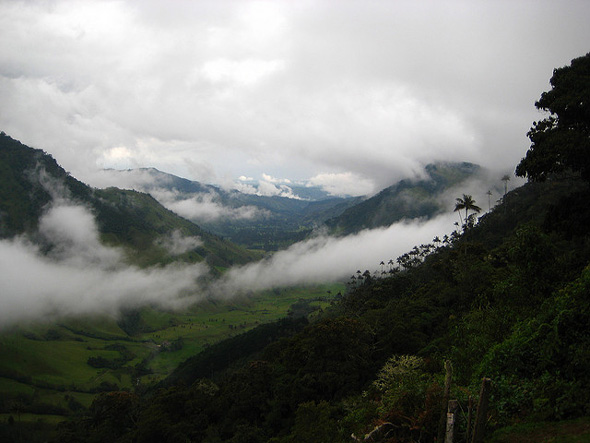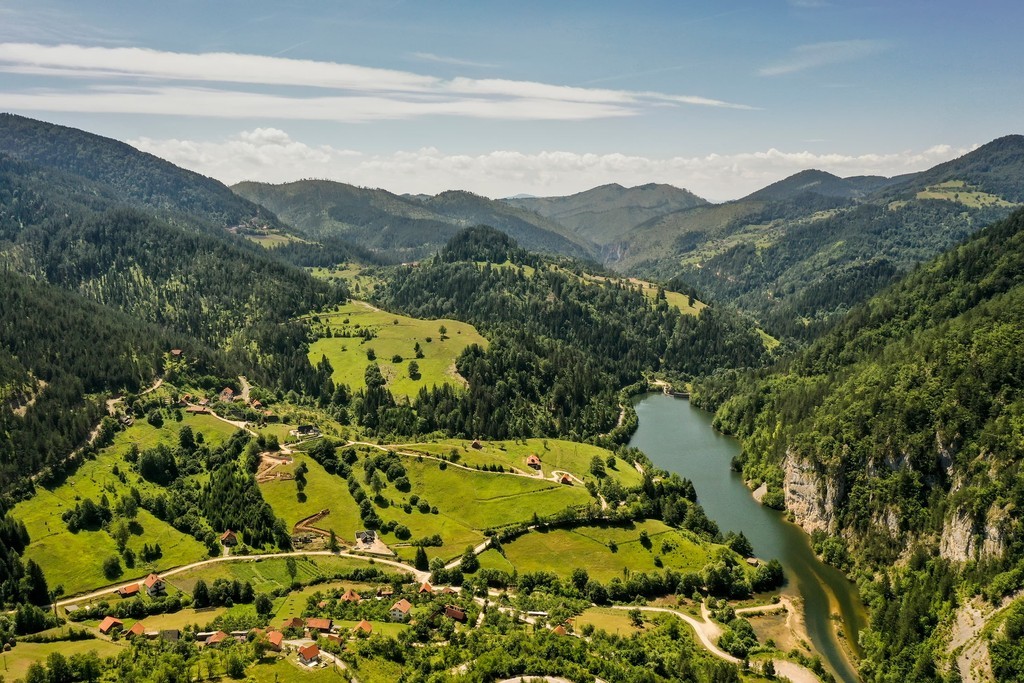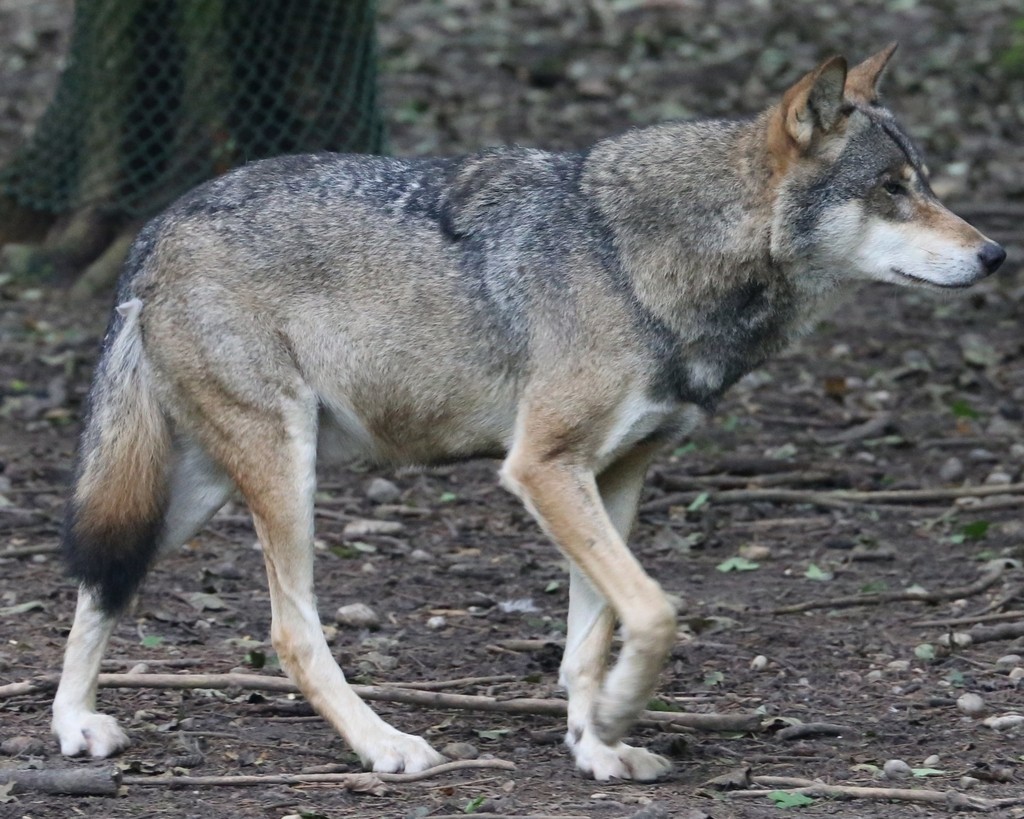Note – this is currently classed as a future destination with no links. Hopefully this will change soon
These mountains are split between Serbia and Bulgaria. Rare species in these mountains include cinereous vultures can be seen soaring above. Among the dozens of other raptor species Eastern imperial eagle, Saker falcon, Levant sparrowhawk, Peregrine falcon and several other eagles can also be found. The whole region is also a stronghold within Bulgaria for wolf and jackal.
In the Bulgarian Rhodope mountains there are some of the last Balkan lynx thought to number 50.



